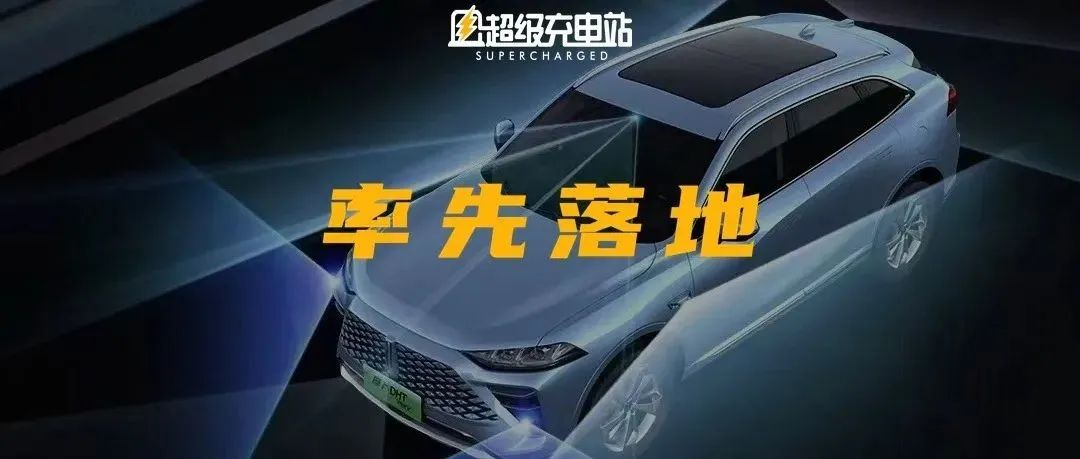Author: French Fries
Is the Era of Lidar Installed on Cars Coming?
Those who are familiar with Weibo may immediately recognize that this is a Weibo hashtag. One week ago, Joe Xinyu, the VP of Wei Pai Automobile, posted a Weibo with this hashtag, igniting discussions in the automotive industry. Currently, the hashtag has surpassed 100 million views.
He stated that “we cannot challenge fancy marketing at the cost of human lives,” and “having a lidar installed on a car does not mean it is actually assisting driving in a city. Achieving this is the true university-level standard.”
From this perspective, he believes that “the rumored 2022 year of the lidar installed on cars has not yet arrived,” although Wei Pai’s “real year of having lidar installed on cars” has already arrived.
At the Chengdu Auto Show, Wei Pai officially released the first model equipped with the City NOH system, which is a city-wise intelligent navigation-assisted driving system with lidar, the Mocha DHT-PHEV Lidar Edition. Our “Super Charging Station” had the opportunity to talk to the senior management of Wei Pai and Haomo Intelligent, thereby gaining a deeper understanding of this system.
Opening Up a New Path
This Monday, Mu Feng, CEO of Great Wall Motors, stated in public that “under the new energy trend, Chinese auto enterprises are facing unprecedented opportunities,” among which “core technology is a critical key to success,” and “it is better to start a self-revolution than be passively changed.”
Great Wall Motors’ self-revolution method is to increase research and development. In 2021, Great Wall Motors invested nearly 10 billion yuan in research and development.
Of course, the high investment is to have a stable presence in the technology-leading surfboard under the new energy trend. As a luxury battalion of Great Wall Motors, Wei Pai can naturally access the latest research results, such as this City NOH system developed by Haomo Intelligent.
Wei Pai says that this City NOH system has many “firsts.” For example, it is the first in China to achieve mass production of a city-wise NOH system.# This is a unique “weighted perception” technology path that was first introduced in the industry, and is unique to China.
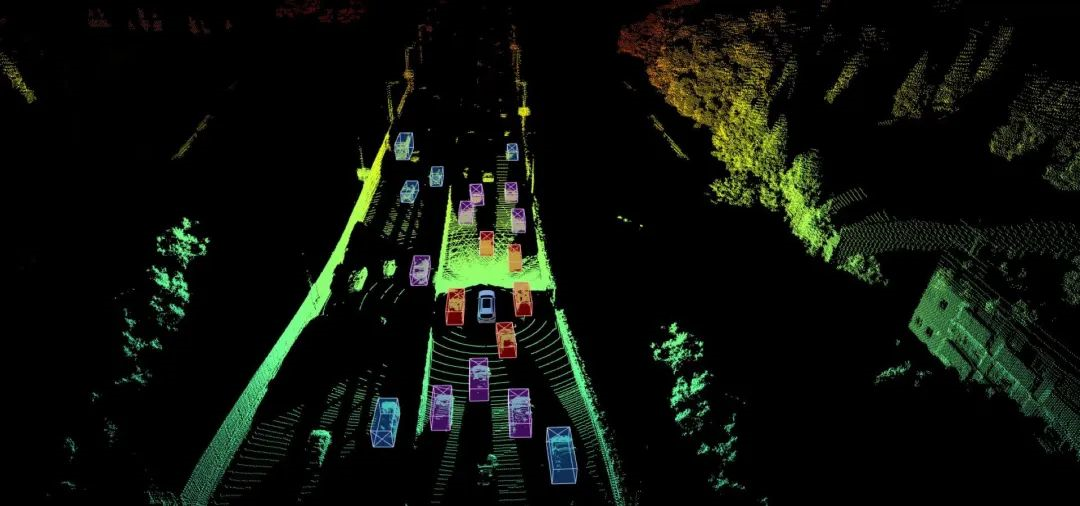
For example, this is the first system equipped with the third-generation Qualcomm Snapdragon Ride platform, achieving the strongest single-board computing power of 360TOPS currently.
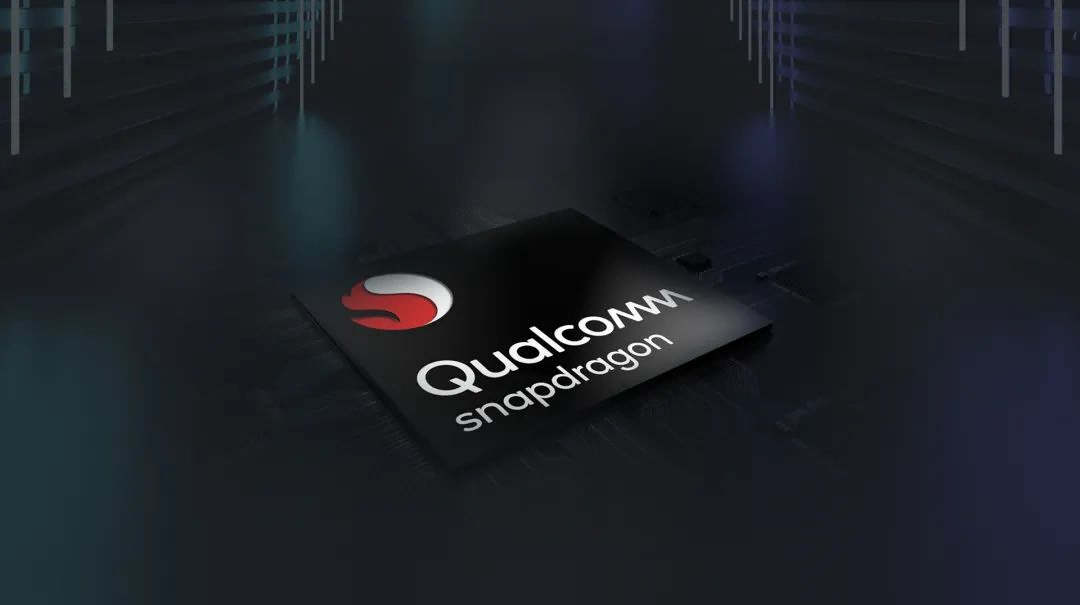
Behind it is also the support of the domestic first automatic driving data intelligent system MANA.
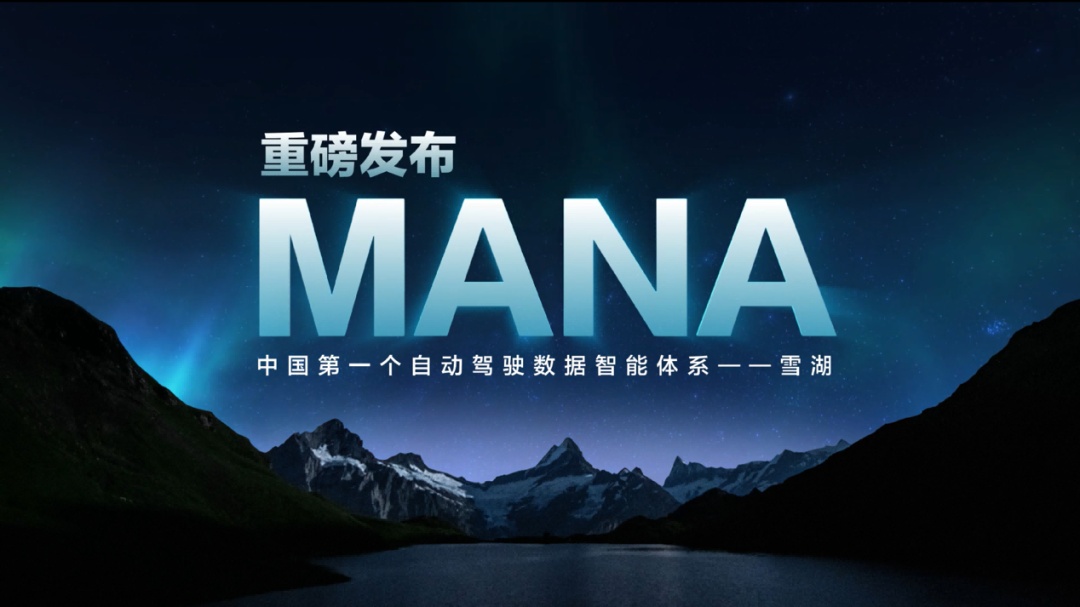
Among them, the “weighted perception” path is the most attractive to us.
As we all know, the city driving assist systems in the industry before were divided into two camps: one was the “pure vision” path represented by Tesla, and the other was the “multi-sensor fusion + high-precision map” path used by more domestic manufacturers.
What Wei Pai refers to as “weighted perception” has taken a new path that does not rely on high-precision maps and pays more attention to “multi-sensor fusion”.
Say goodbye to high-precision maps
In the current implementation of NOH, there are two advantages of not relying on high-precision maps: one is that it can directly avoid the policy approval restrictions brought by high-precision maps, making the plan quickly implemented in more cities; the other is that it can directly reduce the cost brought by high-precision maps.
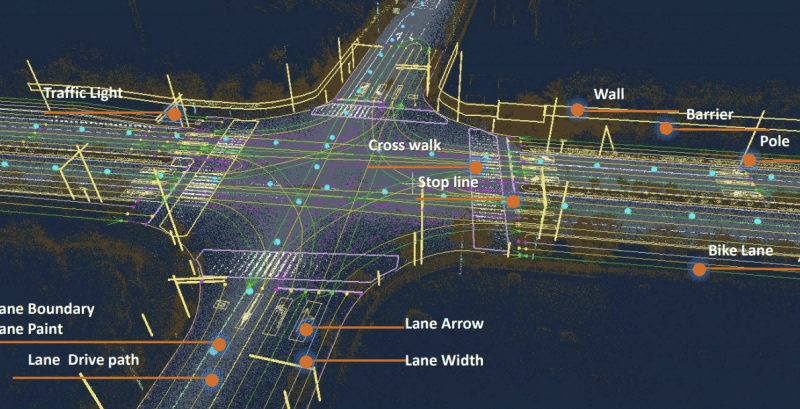
However, without the support of high-precision maps, the vehicle’s own perception of the environment takes on greater responsibility, which is the reason why the NOH in Maou City claims to be “weighted perception”.
Regarding how this system achieves “weighted perception”, Pan Xing, the Technical Director of Maou Zhixing Technology, brings us more details.
Start with hardware.
Since it is “weighted perception”, the importance of perception sensors can also be seen from the literal meaning.
To obtain a more accurate vehicle environment perception model, Maou City NOH is equipped with 2 125-line LiDARs, 5 millimeter-wave radars, 12 ultrasonic radars, and 12 high-definition cameras, a total of 31 sensors.
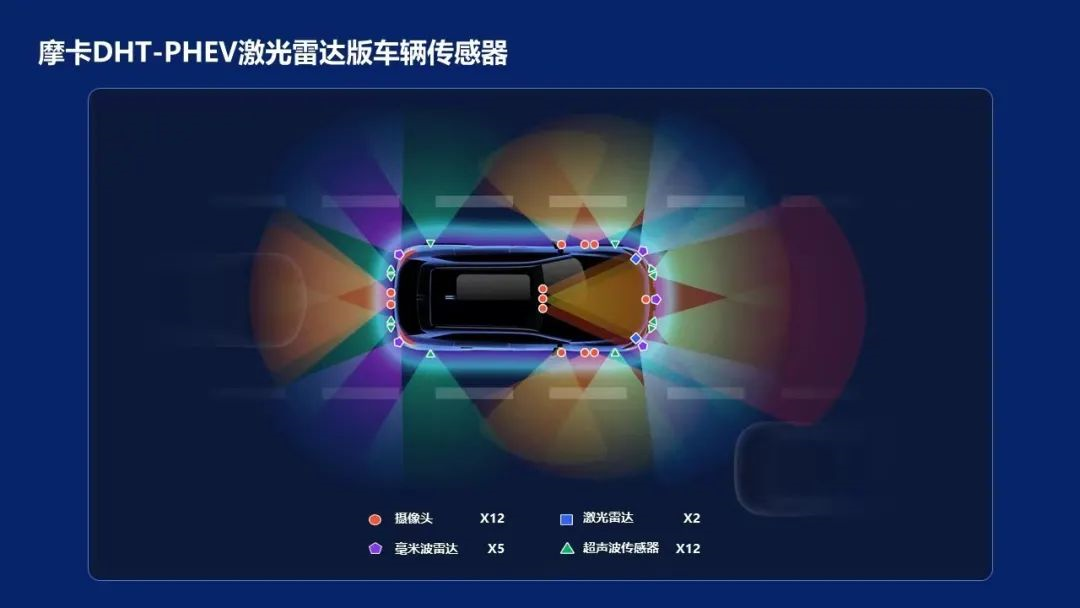
Supporting these perception sensors is Maou’s latest automatic driving domain controller “Xiaomohe 3.0”.Three months ago, Gu Weihao, CEO of Moovex, introduced that “The Xmao Box 3.0 is equipped with Qualcomm Snapdragon Ride platform, with a computing power of 360 TOPS and 144MB high-speed cache. Its CPU computing power reaches 200K+ DMIPS” at the Qualcomm Snapdragon Night event.
Speaking of Qualcomm, in the era of smart cars, the transformation of this chip giant can be said to be fast. On the smart cockpit side, the 8155 chip won the victory and the “who uses who is smooth” effect, which almost established the consumer’s mentality of “good car machine with 8155”; on the smart driving side, Qualcomm entered the field of high-power autonomous driving chips with the Snapdragon Ride platform, directly increasing the computing power limit of a single chip to 360 TOPS.
Computing power is the foundation of algorithm implementation. Based on the Qualcomm Snapdragon Ride platform, coupled with the support of the MANA Xuehu intelligent driving data system, Moovex claims that “the Moka DHT-PHEV laser radar version will be the first vehicle model in China that can achieve city traffic light recognition and intersection automatic turning control.”
In fact, Moovex is targeting the top ten classic city scenes.
Moovex has provided a summary of its capabilities: “Intersection passing rate of 70%, lane changing success rate of 90%, and traffic flow processing capacity of level 4.”
According to the plan of Wei Pai and Moovex, the city NOH of Moka DHT-PHEV laser radar version will be launched in Beijing and Baoding first, covering more than 10 cities by the end of this year, and rapidly expanding to more than 100 cities in the future.
Moovex has also provided the roadmap of its intelligent driving product HPilot. It will launch HPilot3.0 with the city NOH as the core in the second quarter of this year, HPilot3.5 with the full-scenario NOH as the core in 2023, and HPilot4.0 supporting HSD in 2024.
Some detailsIt is a pity that we did not have the opportunity to experience the urban NOH system in a real car this time. However, we have more time to explore some of the issues that interest us.
One issue is the layout selection of the LiDAR system. In the LiDAR version of the Mocha DHT-PHEV, the LiDAR system is installed on the front bumper of the car, and the issue of damage to the LiDAR system in minor accidents has become a focus of attention.
Pan Xing, from Xpeng, believes that this is actually a choice. Although the top-mounted LiDAR system is less susceptible to damage, the narrow vertical field-of-view (FOV) of the LiDAR system is a fundamental issue and this solution will inevitably limit LiDAR’s perception of nearby objects. By contrast, the front-mounted solution is relatively easy to be affected by bumps, but has greater advantages in the perception range.
In contrast, Wei Lai is also aware of this issue and is considering corresponding solutions. For example, based on the stable performance of the urban NOH system, they want to work with insurance companies to explore a compensation plan for LiDAR damage to alleviate user pressure.
Another issue is the rollout speed of the urban NOH system. I had a small question before: since this system has removed the limitation of high-precision maps and followed the “heavy perception, light map” route, why not just deploy it in 100 cities directly?
Pan Xing explains that the urban NOH system does not rely on high-precision maps, but still needs to depend on maps. They use a method of adding some additional data to the standard SD maps. However, this method is much less labor-intensive than high-precision maps. The more cities supported by the urban NOH system, the more efficient this work will be.
Returning to the new car of the Wei Lai Mocha DHT-PHEV version with LiDAR, I believe that at this time point in the second half of 2022, most of the new forces will have released corresponding products. Unless the urban NOH system has a truly overwhelming advantage, it is not sufficient to be a critical factor in the sales of a car model.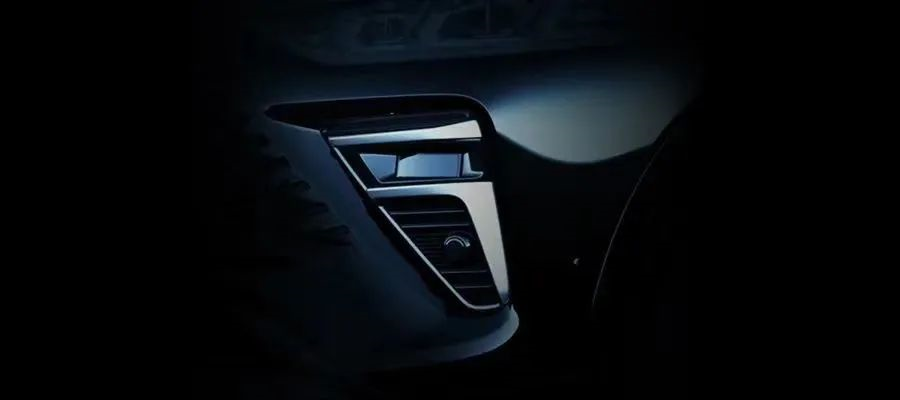
The advantage of this new car that can be seen currently is twofold. On the one hand, it has become the first mass-produced car model in China to be equipped with urban NOH technology; on the other hand, it has a high expansion speed without being restrained by high-precision maps, which is believed to be the fastest.
As for the most critical performance on urban roads, without experiencing it firsthand, we have no right to judge, at least we dare not make a hasty decision.
Therefore, @魏牌 & 毫末, have you detected the implication behind my words? Hurry up and try it out.
Regarding this matter, our company has always been the most proactive, after all, we never miss the opportunity to be the first.
This article is a translation by ChatGPT of a Chinese report from 42HOW. If you have any questions about it, please email bd@42how.com.
